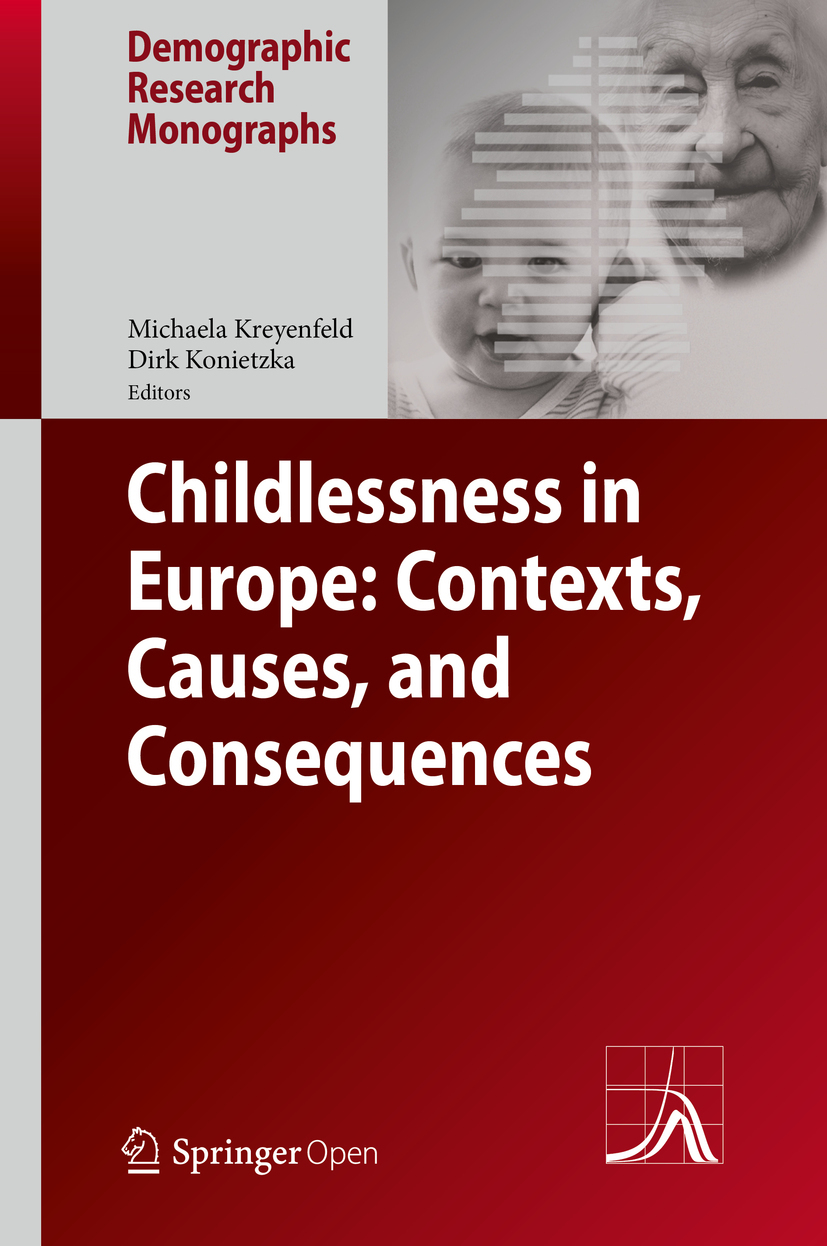Motherhood in Peril—in Europe and Elsewhere
- Post by: Bryce J. Christensen
- April 7, 2017
Childlessness in Europe: Contexts, Causes, and Consequences Michaela Kreyenfeld and Dirk Konietzka, eds.SpringerOpen, 2017; 370 pages, open access eBook In his brilliant 1932 dystopian novel Brave New World, Aldous Huxley anticipated a future in which the word mother has become an “obscenity,” “a pornographic impropriety.” If Huxley were alive today, he would find compelling evidence in this new collection of sociological analyses of childlessness in Europe and the United States (included presumably as European in origin) that his fictive vision of an anti-maternal future has been vindicated. Of course, the 30 scholars who here collaborate see motherhood as a persistent biological reality when they look at the United States and six representative European nations (Austria, Finland, France, Germany, Switzerland, and the United Kingdom) up close and 22 other European countries in statistical profile. Most women in these 29 Western countries still give birth to at least one child. But the very title of this new volume indicates the problematic status of today: “Since the mid-twentieth century,” observe the editors, “many western European countries have seen radical changes in demographic behavior, including increasing shares of permanently childless women and men.” To be sure, when considered simply as a demographic pattern, the recent elevation of childlessness in Europe and the United States is hardly unprecedented. Quite high compared to what social scientists observed during the post-war Baby Boom, current levels of childlessness now stand at around 20% of the female populations in Austria, Germany, and Sweden and about the same in Southern Europe. Levels are somewhat lower in Central, Eastern, and Southeastern Europe, and in the United States. But among women born in the first half of the twentieth century, 25% and even 30% of women in many European countries were childless—largely because of the Great Depression and the slaughter of
Categories:

